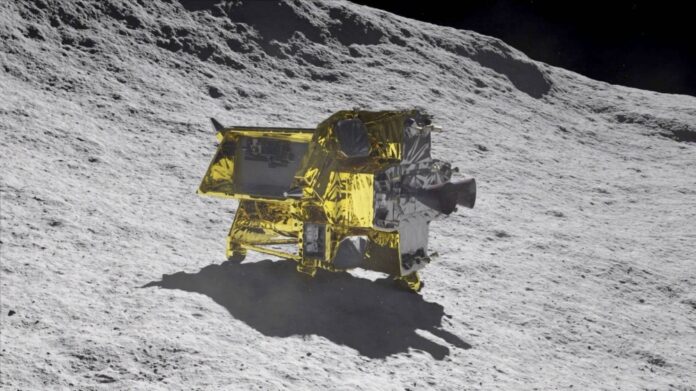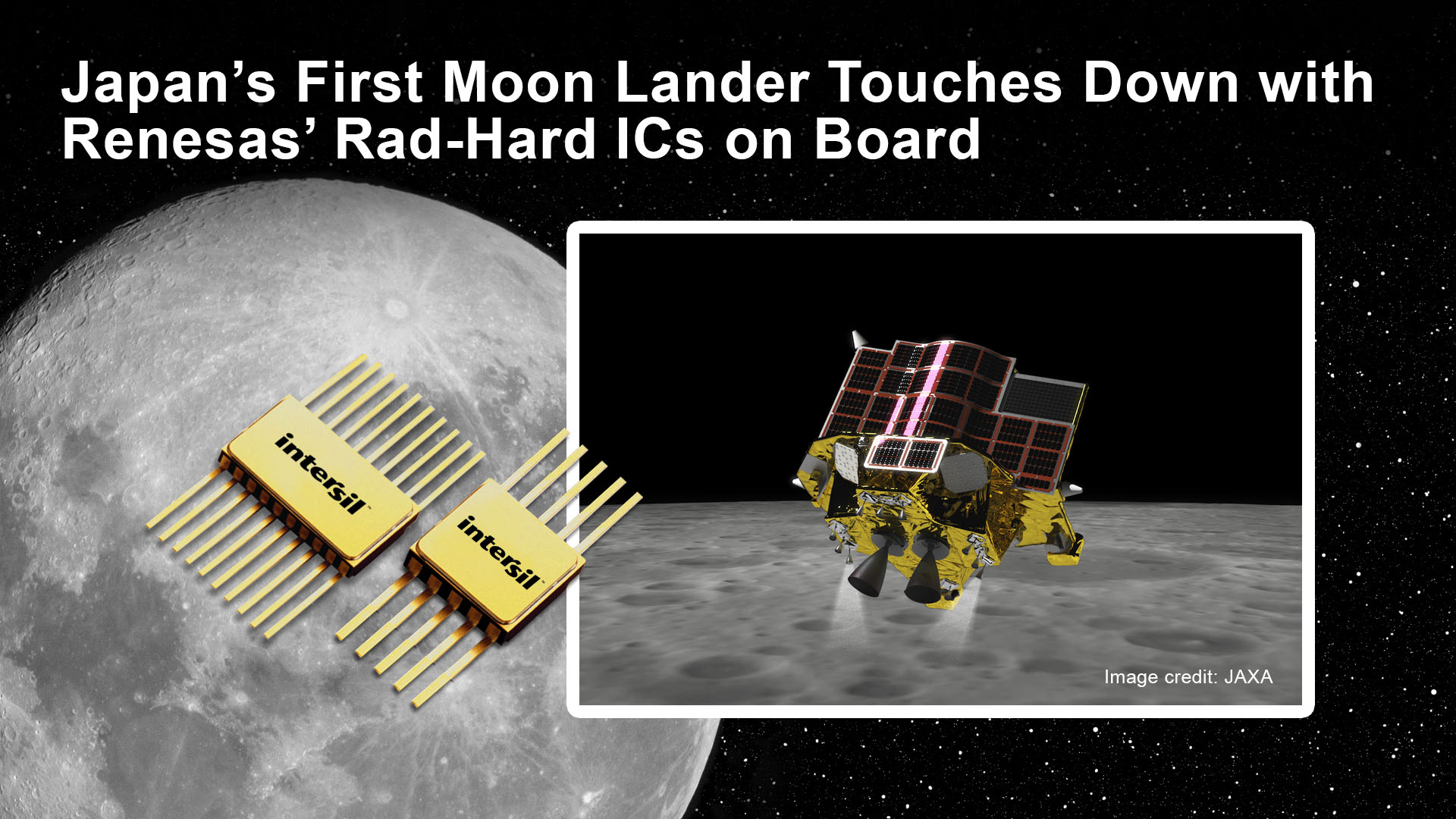
TOKYO – Japan’s space agency said Monday it has obtained data regarding the lunar touchdown of its explorer over the weekend as it seeks to determine whether the craft achieved unprecedented precision in landing within 100 meters of its target.
The Japan Aerospace Exploration Agency said it is analyzing technical and image data transmitted from the Smart Lander for Investigating Moon, or SLIM, and will determine the accuracy of the landing technology within a month.
“We’re currently conducting a detailed analysis and are relieved to see that we obtained a lot of data,” the mission’s team said in a post on X, formerly Twitter.
Japan landed the spacecraft on the lunar surface around 12:20 a.m. on Saturday, becoming the fifth country to achieve the feat after the former Soviet Union, the United States, China and India.
Previous Moon landers had an accuracy of within several to around a dozen kilometers and opted to descend in areas conducive to easier touchdowns, according to JAXA.

Using SLIM, the agency said it hoped to realize a transition away from an era of “landing where we can” toward one of “landing where we want” for future Moon missions, which could include searching for water, requiring pinpoint landings on uneven surfaces such as slopes.
After landing at a site around the Shioli crater in a low-altitude region known as the “Sea of Nectar,” as planned, SLIM could not generate power as its built-in solar power panels were not correctly facing the Sun.
The agency said work to transmit landing data was prioritized before SLIM’s battery ran out. The power was switched off around 2 hours and 40 minutes after the touchdown, with the remaining battery level at 12 percent.
JAXA found that the explorer’s orientation upon landing was not as planned, with solar power panels incorrectly facing west. Power generation could start once the west side of the Moon starts getting sunshine, the agency said.
The agency initially planned an exploration of the Moon for several days, but a mineral probe will likely be cut short.
According to the agency, SLIM can autonomously determine the best spot to land by capturing photos of craters and surface areas during its descent and comparing them with pre-input imagery.
The explorer was launched on Japan’s H2A rocket on Sept. 7 last year from Tanegashima Space Center in Kagoshima Prefecture, southwestern Japan.
_____
Related article:















































